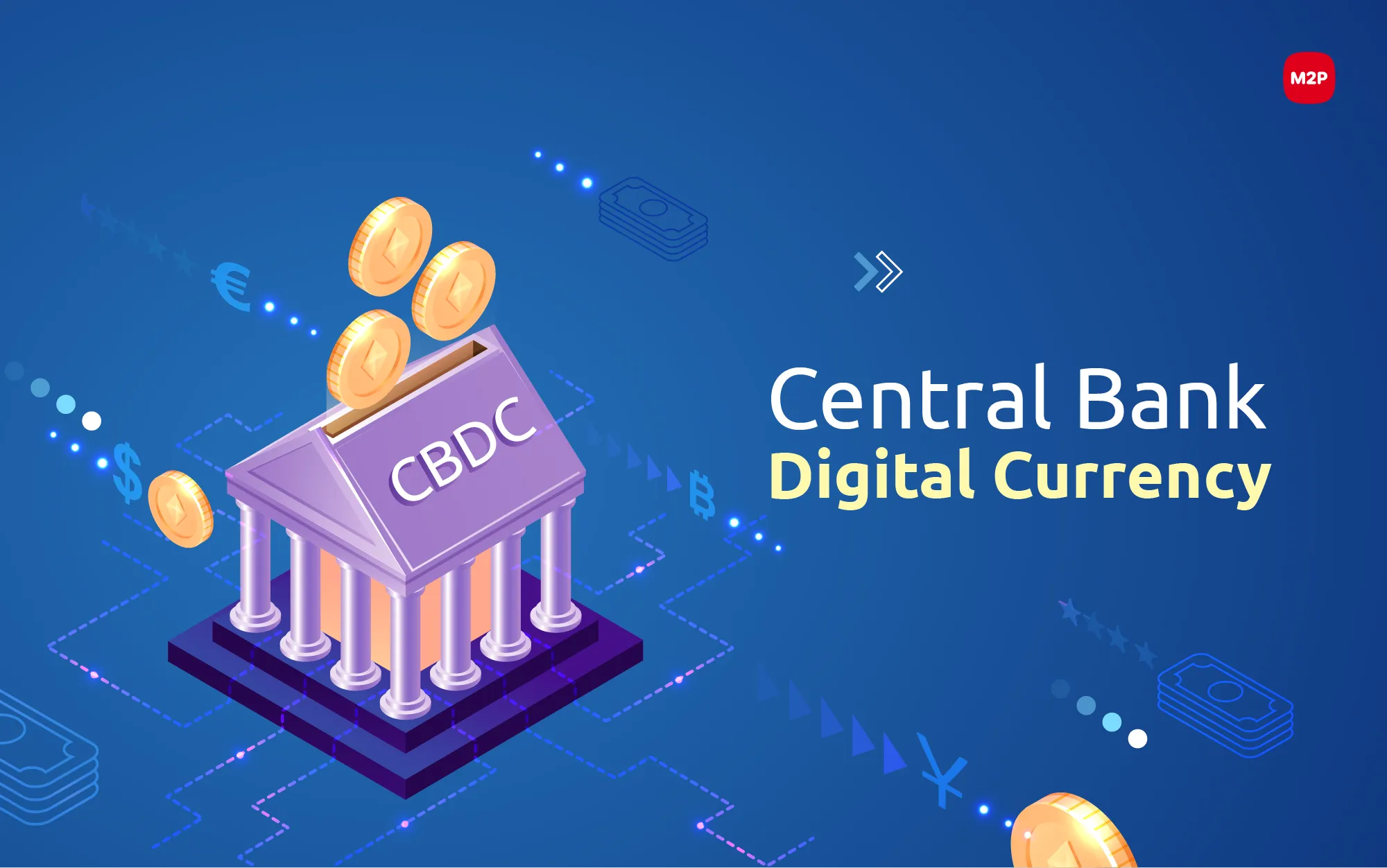One contest is quietly reshaping the future of money in the rapidly evolving landscape of digital finance: the global race to establish Central Bank Digital Currencies (CBDCs). In response to the competitive advantage that digital currencies offer, governments are racing to modernize their monetary systems, from the streets of Beijing to the beaches of the Bahamas, due to the surging adoption of crypto currencies and the declining use of cash.
However, who is currently at the forefront of the group? What are the implications of this contest for the global economy, privacy, and the future of financial sovereignty, and why are countries moving at varying speeds?
What is a CBDC?
A **Central Bank Digital Currency (CBDC)** is a digital representation of a nation’s official currency, which is issued and supported by the central bank. CBDCs are not volatile or decentralized, in contrast to cryptocurrencies. They are intended to:
* **Improve payment efficiency** * **Increase financial inclusion** * **Offer a viable alternative to private crypto and stablecoins** * **Preserve monetary sovereignty in a world that is becoming increasingly digital**
CBDCs are available in two varieties:
* **Retail CBDCs** – for interbank settlements and institutional transactions * **Wholesale CBDCs** – for public use (consumers and enterprises)
The Leaders: Who Is Ahead?
**China – The e-CNY (Digital Yuan)**
* **Status:** In an advanced pilot phase that spans over 25 cities * **Reach:** Over 260 million wallets and billions of transactions * **Focus:** Programmable money, offline functionality, and domestic payments * **Goal:** Enhance monetary control and challenge the dominance of the U.S. dollar
**The significance of this:** China is employing the e-CNY as a geopolitical tool, in addition to fostering technological innovation. It is the first significant economy to engage in the weaponization of digital currency as a global influence tool, particularly through Belt and Road partner countries.
🇧🇸 **The Sand Dollar – Bahamas**
* **Status:** The first live CBDC (launched in 2020) * **Focus:** Expand financial services accessibility to remote islands * **Adoption:** Gradual, with ongoing education initiatives
**The significance of this:** The Bahamas, as a pioneer, demonstrated that CBDCs are not exclusively reserved for global superpowers. Especially in cases where conventional banking is restricted by geography, small nations can also reap the benefits.
**Nigeria – The eNaira**
* **Status:** In operation since 2021 * **Objective:** Encourage inclusivity and decrease dependence on cash * **Challenge:** Low adoption in the face of public skepticism and the popularity of cryptocurrencies
**The significance of this:** Nigeria is a hub for cryptocurrency. Its CBDC implementation demonstrates a critical lesson: digital currencies are ineffective in the absence of **public trust and real-world utility**.
**Sweden – The e-Krona**
* **Status:** Ongoing pilot * **Focus:** Addressing declining currency usage * **Approach:** Consultative and gradual, with an emphasis on resilience and usability
**The significance of this:** Sweden is one of the most cashless societies in the globe. The e-Krona has the potential to provide a roadmap for the harmonious coexistence of user-friendly design and innovation.
The Digital Euro – The European Union 🇪🇺
* **Status:** Legislation is currently in progress; preparation is underway * **Objectives:** Support digital payments, protect privacy, and maintain monetary autonomy * **Concerns:** Public skepticism, data protection, and the impact on institutions
The EU’s approach is methodical and consensus-driven, with the objective of **complementing—not replacing—cash** and ensuring that democratic values govern its design. This is why it is important.
**Digital Dollar – United States**
* **Status:** Research phase only; no formal commitment available * **Focus:** Cross-border capabilities, financial stability, and privacy * **Challenge:** Competing regulatory priorities and political impasse
**The significance of this:** The United States is experiencing duress as the issuer of the world’s reserve currency. A sluggish commencement may result in the loss of global digital currency leadership to China or private stablecoins.
The Significance of the CBDC Race
1. Geopolitical Power Plays
**Global influence** is increasingly being achieved through the use of digital currencies. For example, the adoption of an electronic currency (e-CNY) could decrease China’s dependence on the U.S. dollar in global commerce and enhance its soft power.
**2. Financial Inclusion vs. Surveillance**
CBDCs pledge to **bank the unbanked**; however, they also raise concerns regarding **government surveillance** and control. Whether CBDCs empower individuals or regulate them is contingent upon the individual who has designed the system.
**3. Competition in the Cryptocurrency Market
Central banks’ **response to cryptocurrencies** is CBDCs. Although they are not intended to replace decentralized assets such as Bitcoin, they may restrict the development of stablecoins or be designed to operate in conjunction with them.
**4. The Future of Payments**
CBDCs have the potential to enhance the security, efficiency, and affordability of payments, particularly those that occur across borders. Everything from **international remittances to financial aid** could be altered by this.
Who is experiencing delays, and what is the reason?
However, Canada, the United Kingdom, and the United States are still in the early phases. Possible explanations for the delay include:
**Privacy and security** **Complexity of legacy financial systems** **Lack of clear political consensus** **Fear of disrupting commercial banks**
However, a sluggish pace may result in a **decline in global standards and digital financial infrastructure**.
In conclusion,
The global CBDC race is not solely about technology; it is also about power, policy, and purpose. The nations that achieve success will not only modernize their monetary systems, but they will also influence the very definition of digital money in the years to come.
**CBDCs have the potential to **democratize finance**, **transform economies**, and **compete with crypto**—but only if they are constructed on the foundation of trust, transparency, and user-focused design.

Leave a Reply